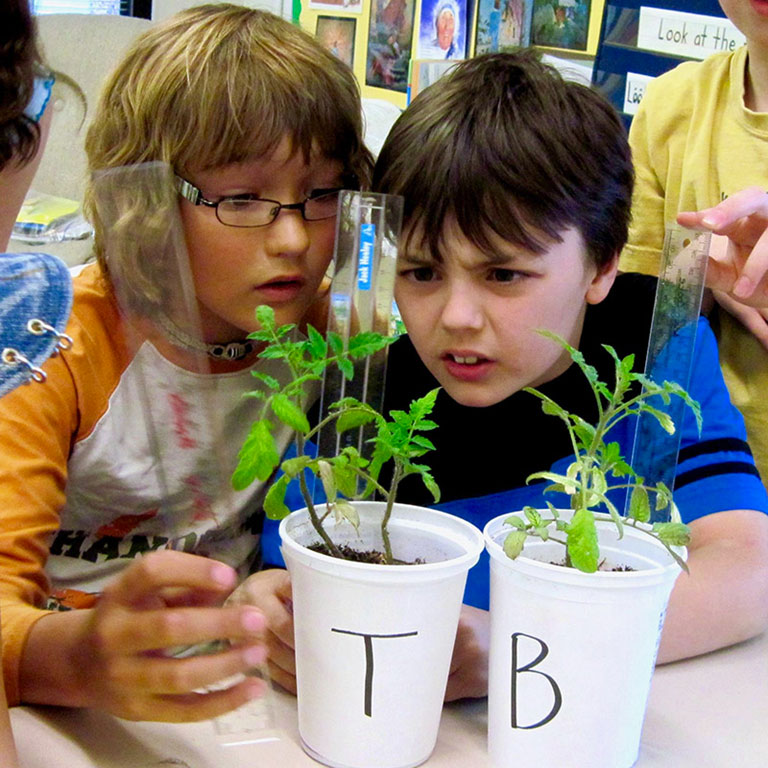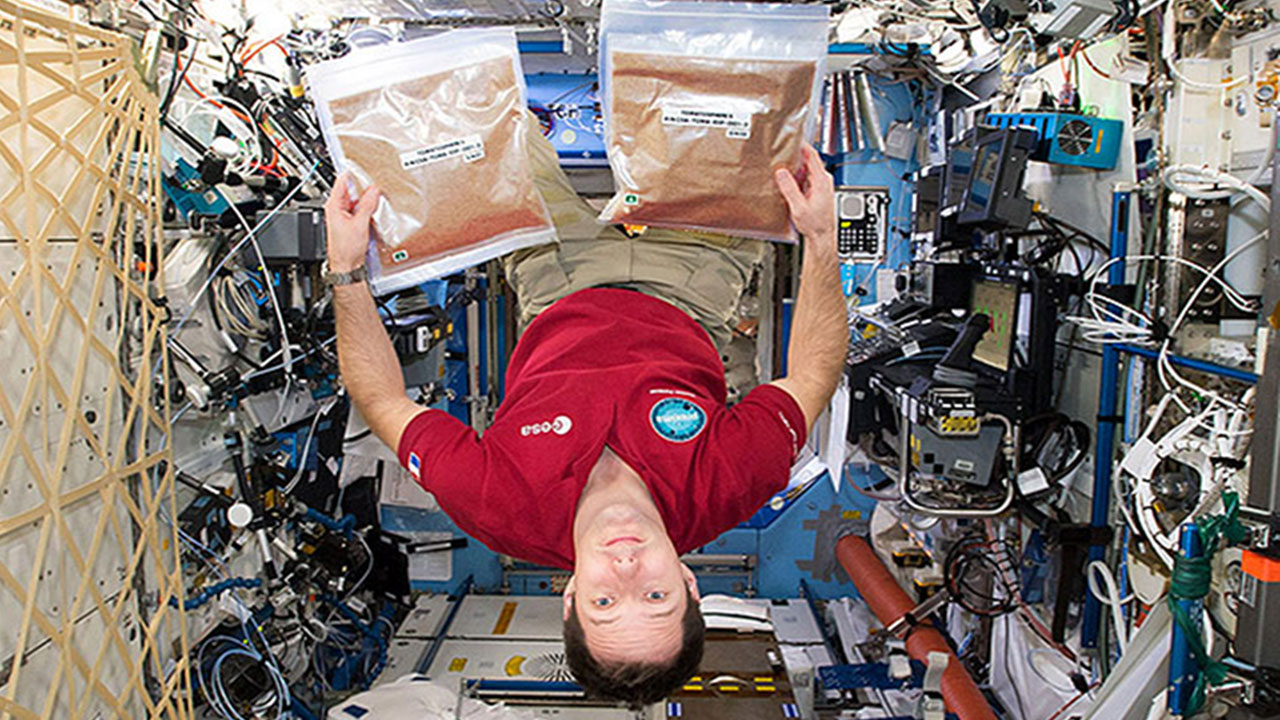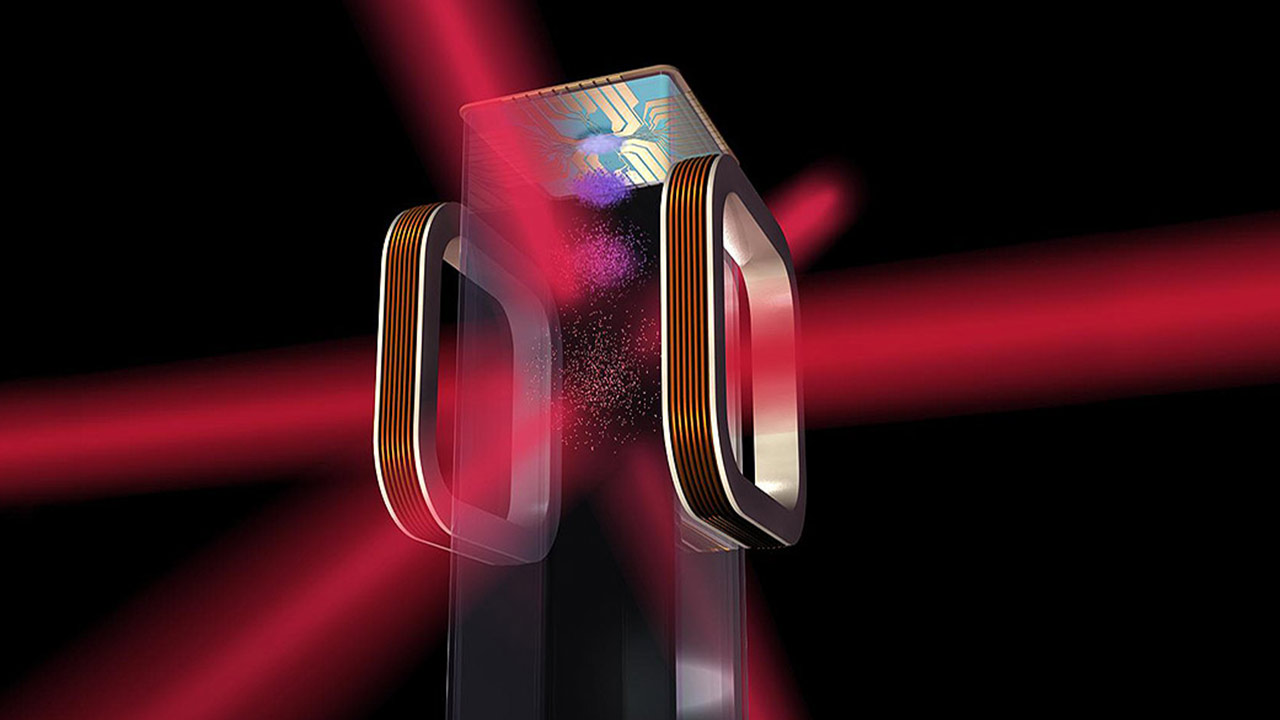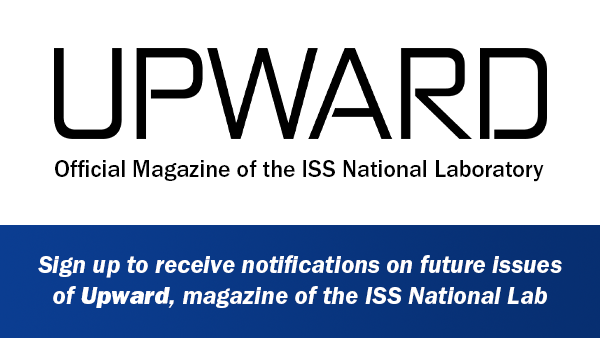Right now, space tomatoes are growing in thousands of classrooms across North America. Through the award-winning Tomatosphere program, K-12 students cultivate and study seeds that were exposed to spaceflight conditions onboard the ISS National Lab. The program provides the space-flown seeds for free, along with educational resources that engage students in authentic experiments and extension activities.

A major strength of Tomatosphere is its hands-on, project-based design, said Karen Lindsey, a teacher at Lake Orienta Elementary School in Florida, who has participated in the Tomatosphere project since it began. “I love authentic learning, and the science content is directly tied into many of the standards I currently teach,” Lindsey said. “I also love how much the students collaborate while witnessing the growth of the seeds— I’ve been teaching for 35 years, and Tomatosphere is by far my favorite project!”
Like a healthy plant, the Tomatosphere program is growing in size and complexity as it matures. The program is now entering its second phase, using new instruments to add quantitative detail to students’ investigations.
Planting the Seeds of the Tomatosphere Program
Tomatosphere started as a Canadian Space Agency (CSA) project with the goal of getting Canada’s students excited about science, technology, engineering, and mathematics (STEM). In December 2000, Tomatosphere principal investigators Robert Thirsk, retired CSA astronaut, and Michael Dixon, professor at the University of Guelph, Ontario, sent their first batch of Heinz 9478 F1 hybrid tomato seeds into space. A bag of 200,000 seeds accompanied CSA astronaut Marc Garneau on the STS-97 mission of Space Shuttle Endeavor. The investigators worked with collaborators to create curricular support materials that were distributed to schools with the seeds. Over the last 16 years, the project has been renewed several times under various co-investigators to fly more seeds and build more curricula.

Elementary students analyze plant growth.
Media Credit: Image courtesy of Bob Morrow / Tomatosphere
As the program expanded in Canada, Tomatosphere caught the attention of teachers in the United States. Program leaders tried to accommodate the surge of requests from American classrooms, but the CSA struggled to manage large-scale distribution of seeds outside of Canada. To reach more schools, the program took the same approach as a plant reaching for more light—it grew new branches.
In 2016, Tomatosphere split into a Canada-based program operated by the nonprofit Let’s Talk Science and a U.S.-based program operated by the First the Seed Foundation, a STEM education initiative of the American Seed Trade Association. CASIS supports the Tomatosphere program by transporting seeds to and from the ISS National Lab and encouraging educators and students to participate in the program.
Tomatosphere is a good fit for the First the Seed Foundation, whose primary goal is “to give students an understanding about where their food comes from and get them excited about agriculture,” according to Ann Jorss, the foundation’s secretary and treasurer. To become smart consumers and stewards of natural resources, young people must practice asking fundamental questions about the foods and products they use every day.
"Some kids don’t even know their hamburger comes from a cow!" said Sabrina DeVall, program manager of Tomatosphere in the U.S. "And that cow depends on plants: Without the seed that initiated the grain to feed that cow, you don’t have that burger. So much in our lives can be traced back to seeds."

Tomatosphere’s newly branched structure opens the program up to classrooms throughout America, as well as homeschool groups, afterschool programs, clubs, summer camps, Scout troops, and other groups of learners. As a result, Tomatosphere’s growth rate is accelerating. Compared with its first year, in which the program reached 2,700 classrooms, the Tomatosphere program has reached more than 20,000 classrooms so far in 2017—more than 500,000 students—and plenty of seeds are still available. About one-third of this year’s participants are in the U.S., and that proportion is expected to rise.
Engaging Students in a Real Space Experiment

Media Credit: Image courtesy of Tomatosphere
After registering on the First the Seed Foundation’s website, a participating classroom receives an envelope in the mail with two packets of 30–35 seeds each. One set of seeds was flown in space onboard the ISS and the other was not.
The seed packets are labeled only with letters such as K and L, not descriptive labels like “space” and “ground,” allowing students to learn the importance of a blind experiment for minimizing observational bias. If the students knew the identity of the space-flown seeds in advance, they might over-interpret their observations, expecting to see something special. Concealing the seeds’ origins also adds a fun sense of suspense. Students are not just conducting an experiment; they are solving a mystery.

Media Credit: Image courtesy of Tomatosphere
The main experiment in the Tomatosphere program focuses on germination. Students follow a simple protocol to plant the seeds and track the seedlings that appear over the next few weeks. They can also observe the plants’ growth rates and physical characteristics and use these clues to hypothesize about which seeds flew onboard the ISS. The students find out which packet contained the space-flown seeds when the class reports its results to the Tomatosphere program through an online form. The germination data are then made available to scientists studying plants in space, so the students are contributing to real research.
The experiment and its accompanying resources provide natural entry points into lessons about plant biology, human health, and space exploration. The program also touches on the fundamentals of science. “It is a perfect project for teaching about the scientific method,” said Lindsey, who works with students in grades 3–5.
Branching Into Interdisciplinary Instruction
Teachers can also broaden the range of curricular connections to include social studies. After finishing the main germination experiment, many students continue caring for their Tomatosphere plants until they bear fruit. Instead of merely eating or cooking with their tomatoes, some students have sold their produce at local farmer’s markets and used the money to support school programs. The steps necessary for selling the tomatoes—calculating costs, anticipating demand, deciding how much to charge for the product— are real-world applications of important concepts in economics.
"I'm amazed how a project that starts with planting seeds can grow into lessons in economics and community service and cooking and all these other offshoots," DeVall said.
Another group of students had the idea of donating their produce to a local food pantry. With this simple act, DeVall noticed a remarkable increase in the students’ civic awareness and engagement.
Julie Petcu, an enrichment teacher at St. Matthew School in Tennessee, challenges herself to keep the program fresh and fun year after year. For her 13th round of Tomatosphere experiments this fall, she plans to strengthen the link with her plant biology curriculum by having her students compare their tomato seedlings with other plant species. She also plans to intensify her emphasis on nutrition. Petcu is especially excited to incorporate more topics outside of STEM. “As I’ve matured as an educator, what I enjoy most is showing students how all of their educational disciplines are connected,” she said.

Petcu’s cross-disciplinary thinking aligns well with the Next Generation Science Standards (NGSS) that are currently being adopted by many districts across the nation. The NGSS were developed collaboratively in 2011–2013 by nongovernmental educational organizations including the American Association for the Advancement of Science, the National Science Teachers Association, and the National Academies of Science.
Like older science standards, the NGSS Framework recommends topics to cover at specific grade levels. Unlike the older standards, the NGSS provides continuity by grouping those topics into themes that span multiple grade levels. The themes, called Disciplinary Core Ideas, form one of three dimensions of science learning. The other two dimensions are Crosscutting Concepts and Science and Engineering Practices.
This three-dimensional approach is the game-changer that distinguishes the NGSS from other science standards. It pushes science education toward a more interdisciplinary model—for which Tomatosphere is well suited. Future phases of Tomatosphere are planned to more explicitly map the program’s curricula to the NGSS, providing teachers with a novel vehicle for reinforcing the standards.
Taking the Tomatosphere Program to New Levels
A new phase of Tomatosphere is just beginning and will provide an even more enriched learning experience for students. Tomatosphere seed distributor Stokes Seeds prepared bags of the usual Heinz 9478 F1 tomato seeds for flight to the ISS on SpaceX-11, which launched in early June. However, this time, the bags also contain HOBO data loggers. These compact instruments, manufactured by Onset Computer Corporation, measure and record temperature, relative humidity, and pressure.

The data loggers will continuously monitor the seeds’ environmental conditions for the entire three-month round trip—including transport to NASA’s Kennedy Space Center, launch to the ISS on SpaceX-11, time spent onboard the ISS National Lab, reentry into Earth’s atmosphere, and transport from the splashdown site back to Stokes Seeds. The sensors are fully automated and do not require any involvement from ISS crew members. Identical data loggers will monitor the control group of seeds on Earth over the same period.
Starting in spring of 2018, registered classrooms will have access to the data along with their packets of tomato seeds. The new challenge of analyzing quantitative data—likely the largest datasets the students have yet encountered—will support meaningful learning in math and computer science. New curricular support materials will help educators and students process, visualize, and interpret the data.

The data from this second phase of the program may also help explain why Tomatosphere’s germination results vary so widely from year to year. Participants generally assume that the storage environment of the seeds on the ISS is similar to that of the control seeds on Earth, with microgravity being the only major exception. But it is possible that the space-flown seeds experience other deviations from Earth-like conditions during their journey. If the new Tomatosphere data reveal such differences, the results could have implications for other ISS experiments.
Following the exciting developments of this second phase, future phases of Tomatosphere seek to expand beyond the passive flight of seeds and into active research projects onboard the ISS National Lab. The Tomatosphere investigators envision germinating tomato seeds in the Vegetable Production System, also known as Veggie, on the ISS, freezing the seedlings for transport back to Earth, and performing postflight measurements of gene expression and protein production. Tomatosphere students at the high school level would then shift from making visual observations of plant growth to analyzing omics data from the postflight analysis.
As Tomatosphere progresses through these exhilarating new phases, students and educators will find that its best qualities remain unchanged: it will still be hands-on, interdisciplinary, curriculum-based, and free!
Learn more at www.tomatosphere.org










